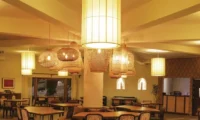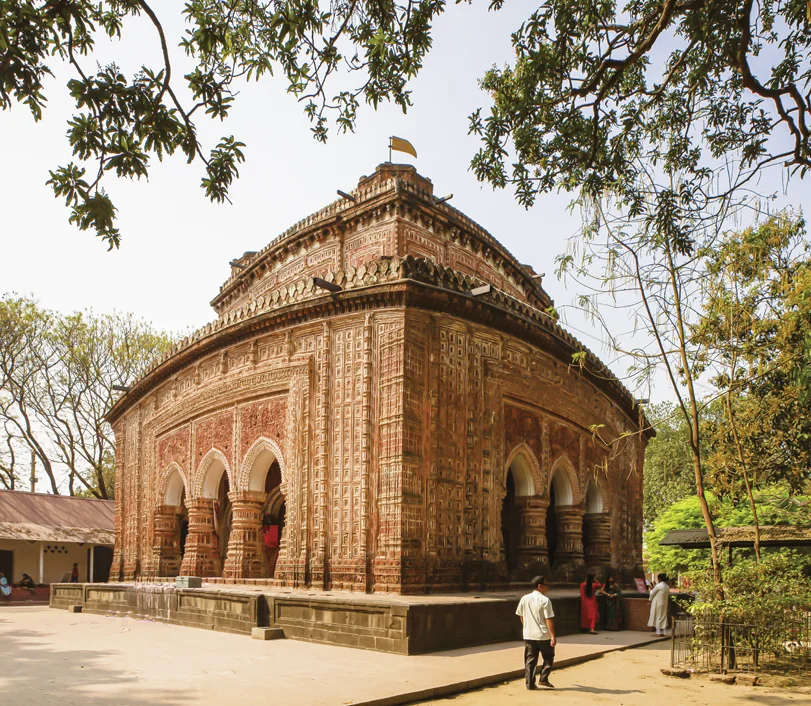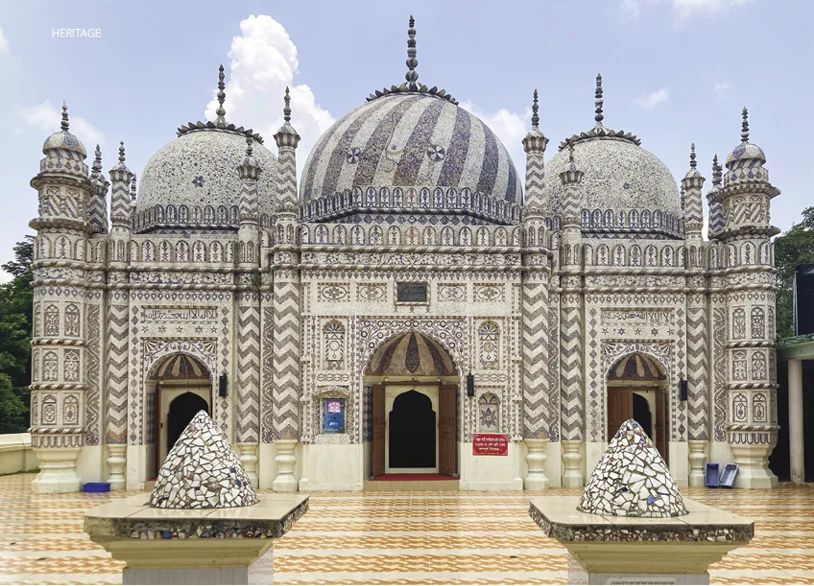
Rangeela is the word which denotes vibrant/joyous, often mixed with quirkiness. So is the tale of Bajra Shahi Masjid, apparently unconnected unless it is told. After all, how many 281 years’ old mosques do you know named after a watercraft! Being a silent witness like a vessel through the waves of time, while breathing over four separate centuries, this Chinni-tikri skinned sublime architecture was built in the middle of a village. It has such a riveting history that it is a bit arduous to decide where one should begin while trying to tell its tales.
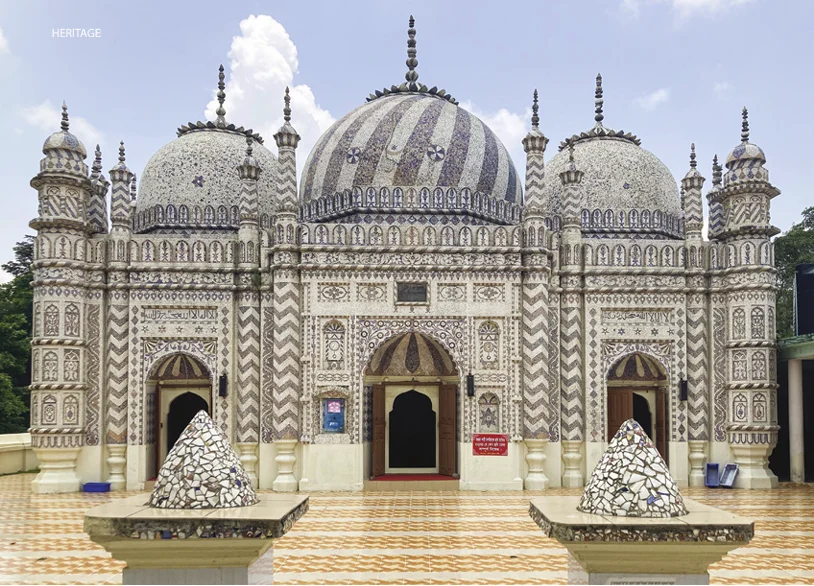
With Rangeela, shall we, to unravel the ‘mystery’?
Abu Al-Fatah Nasir Ud-Din Muhammad Shah was another one-of-a-kind emperor in the collection of Mughal Empire emperors. Passing away at the age of 45 this interesting man lived quite a colourful life whilst having an eventful reign. Born as Roshan Akhtar, and eventually becoming The Muhammad Shah, after ascending to the legendary Peacock Throne, this handsome-looking man had multiple wives. One being a dancer peeks a hint about his time where worldly pleasures were always a priority rather than tensely being busy with bloodshed to protect the reign and expand like most other emperors. Whilst on the throne of a once mighty empire that was at the beginning of its eventual end, he was more glued to orchestrating orders that would vastly contribute to the cultural developments of the region.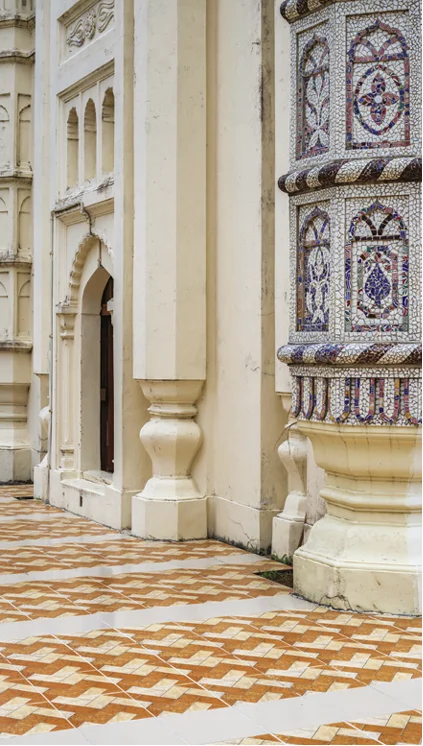
He was greatly influenced by genres of creative practices and his pen-name was Sada Rangeela which loosely translates as ‘always joyful’.
How is Rangeela connected to the story of Bajra
Imam Hasan Siddiqui, a simple old man, is Bajra’s current Imam and has been there for the past 27 years. Appointed through a legacy of seven generations, his veins are carrying the blood of the first ever Imam, who was appointed at this vibrant space of worship almost three centuries back, by Rangeela himself.
You can read an honour board carrying the names of his forefathers in his office room inside the tiled compound of this graceful mosque. And it is not a sort of unspoken rule for the place; after a time it was the love of the locals, who out of admiration asked for the legacy of the first-ever Imam, Shah Sufi Abu Siddiqui to be continued. Sufi, who was a former resident of the holy city Mecca, was the first and longest-serving Imam for 55 years at his beloved Bajra.
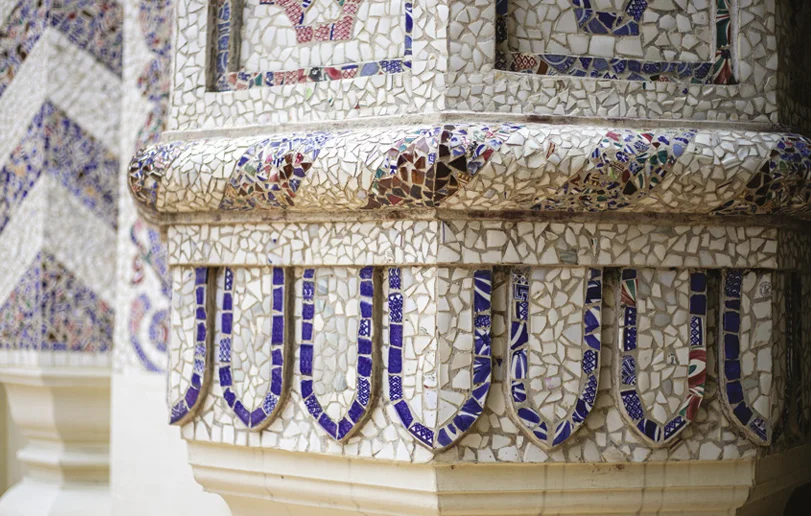
According to Imam Hasan Siddiqui, popular stories and recorded history, the story of Bajra’s birth may be something like the following one:
Adored representatives of Rangeela, the brothers Amanullah and Sanaullah, were ordered to go on inspection of the reigned regions. They were to build a beautiful mosque, in reflection of The Delhi Shahi Mosque (Masjid-e Jehan-Numa), on the location where the siblings along their troops would run out of food and water, during the expedition. Closer to the location of the mosque that we see elegantly embracing its guests today, is where Amanullah’s water vessel was anchored at the banks of Bulbuli. After offering prayers, this is the site where Amanullah decided to construct a mosque.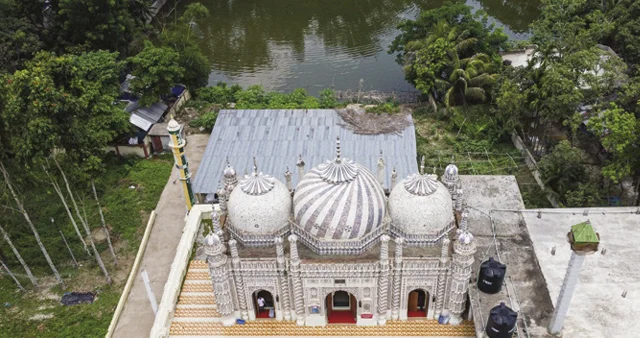
Hence, the name Bajra became popular. The Bengali word defines a particular type of water vessel, a big-sized boat, that was used mostly by the wealthy elites and royals of the time to travel across this riverine delta. The mosque was named after that eventually, and the village where it homes was formerly known as Umrabadh, which got its new and identical name after the mosque.
According to another version of the story, Zamindar Amanullah built his house thereafter, during the stoppage of his inspection tour. Later, by the order of Rangeela, built the mosque there.
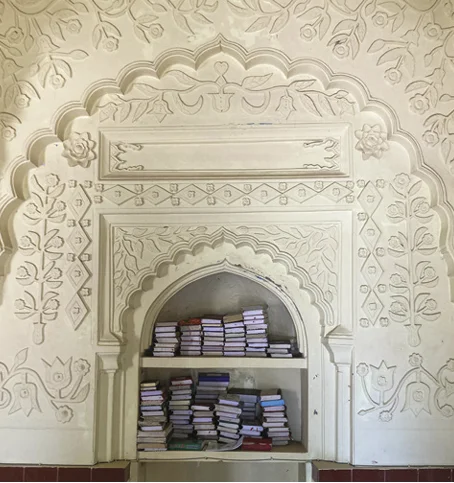
There are many interesting local folklores attached as well. Till his death, Amanullah was the mutawalli of the mosque and after his demise, younger one Sanaullah was given the responsibility. In the early 1900s Bajra zamindars Khan Bahadur Ali Ahmad and Khan Bahadur Mujir Uddin Ahmad extensively repaired and decorated the mosque. Although an extension has been built in recent years to accommodate increasing number of devotees in congregations. It is still one of those few historically significant monuments in the country that were taken care of over the years and in a surprisingly better state.

The Bajra mosque is not a common thing to pop up on a non-local’s mind. Apart from travel and history enthusiasts, how many are aware that one of the comeliest mosque complexes of Bangladesh has been quietly standing with all its gracefulness for almost 300 years inside a not much heard about village in Noakhali?
After a long while on tracks, under the soothing shades of green, you will be welcomed by the suavely calm waters of a 30 acres huge pond which not only complements the complexion of the space, but is also special as it was dug to use its earth to construct the elevated platform where Bajra stands beside. Although identical to its other Mughal siblings, having alluring arches, delightful domes, magnificent minarets, and a gorgeous gate on the east, what makes Bajra so special is its enthralling complexity of ornamentation with Chinese ceramics or Chinni-tikri all over its pearl white skin.
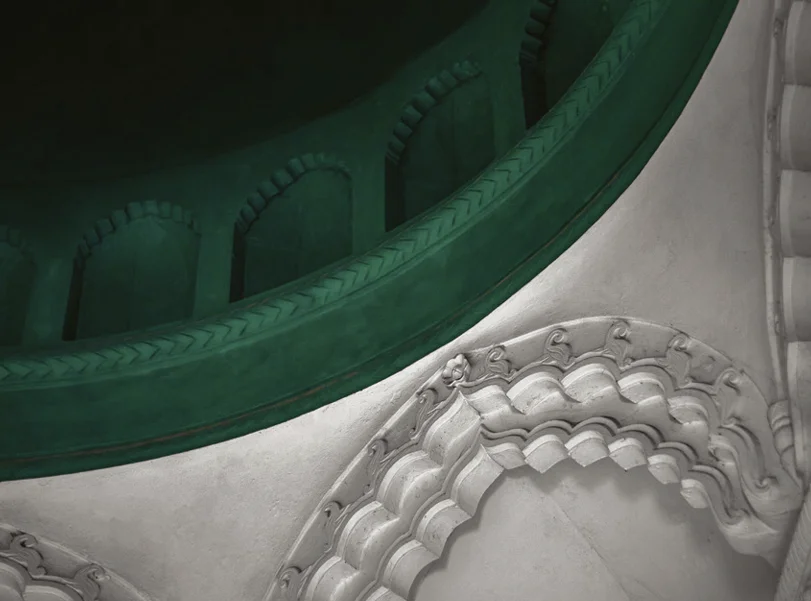
As if all the ravishing floral and other designs on its body, the dark green ceiling you stare at standing under the marbled dome while inside, has been calligraphed with essences embedded of stories and folklores, often attached to age-old architectures that profusely decorates its already mystic domain of aura, which sends pulses of abstruse serenity to its guests.
.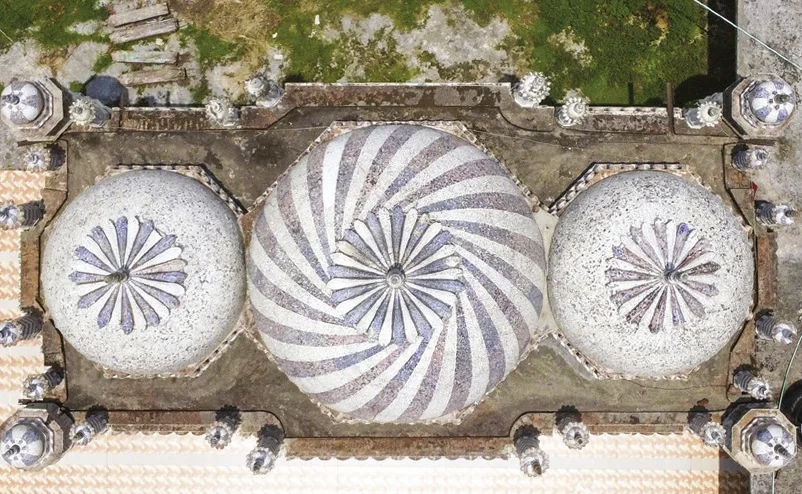
A 300-year-old breeze caressing your hair as you sit by Bajra’s pond after Asr, and gazing forever at the kisses of golden hour glistening on Bajra’s surface might make you start counting masjids (mosques) in this country. There aren’t many like Bajra.
Written by Shahbaz Nahian




